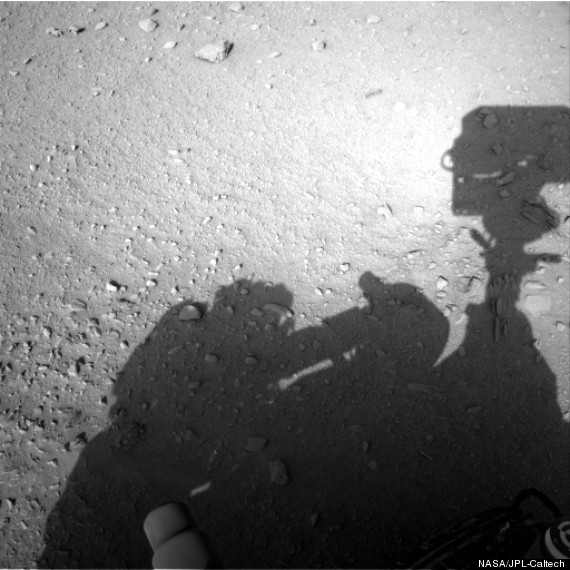Astronomers find oldest known star with Earth-like planets
This artist's rendering made available by Tiago Campante and Peter Devine shows the Kepler-444 star system, surrounded by at least five earth-sized planets. On Tuesday, Jan. 27, 2015, an international team of astronomers announced that this extrasolar system is 11.2 billion years old. With the age of the universe pegged at 13.8 billion years, this is the oldest star with close-to-Earth-size planets ever found. (AP Photo/Tiago Campante, Peter Devine)
Miami (AFP) - International astronomers said Tuesday they have discovered the oldest known star encircled by five Earth-sized planets, signaling that planets formed throughout the history of the universe.
The system is 11.2 billion years old and was born near the dawn of the galaxy, said the report in the Astrophysical Journal.
The star has been named Kepler-444, since it was found with the help of NASA's planet-hunting Kepler spacecraft which launched in 2009.
Its five planets are a bit smaller than the Earth, ranging in size from Venus to Mercury.
They circle their Sun-like star in less than 10 days, at a distance smaller than one-tenth the distance between the Earth and Sun -- making them too hot to be habitable.
But the sheer age of the star has stunned astronomers.
At a distance of 117 light-years from Earth, Kepler-444 is two and a half times older than our solar system, which is 4.5 billion years old.
"We've never seen anything like this -- it is such an old star and the large number of small planets make it very special," said co-author Daniel Huber from the University of Sydney's School of Physics.
"It is extraordinary that such an ancient system of terrestrial-sized planets formed when the universe was just starting out, at a fifth its current age," he added.
Astronomers can measure a distant planet's age using a technique called asteroseismology, which measures the oscillations of the host star caused by sound waves trapped within it.
These waves lead to small pulses in the star's brightness, which can be analyzed to measure its diameter, mass and age.
Co-author Steve Kawaler, an Iowa State University professor of physics and astronomy, said Kepler-444 is very bright and can be easily seen with binoculars.
"We now know that Earth-size planets have formed throughout most of the universe's 13.8-billion-year history," said lead author Tiago Campante from the University of Birmingham.
"Which could provide scope for the existence of ancient life in the galaxy."
Back to bottling my Grenache















